In 1916, Percival Gallagher – a principal architect at the Olmsted Brothers Firm – designed this garden to fulfill the request of Elm Bank’s owners for a water garden. At the time of design, this garden contained 198 taxa – or types – of plants, mainly consisting of woody trees and shrubs. In the 84 years between the death of Elm Bank’s original owners and the beginning of this project, a few of these selections have become invasive or aggressive in the wetland surrounding the garden and canal, creating a need for significant historic and ecological restoration.
Project Objectives
The Olmsted Asian Garden project currently aims to mobilize both professional and volunteer resources to assist with the management of invasive species without the use of mechanized equipment or herbicides.
We hope to use this project to engage and involve the public in landscape restoration and the benefits of horticulture for health and wellness.
English ivy (Hedera helix)
Multiflora rose (Rosa multiflora)
Glossy buckthorn (Rhamnus frangula)
Winged euonymus (Euonymus alatus)
Asiatic bittersweet (Celastrus orbiculatus)
Honeysuckles (Lonicera morrowii and tartarica)
Norway maple (Acer platanoides)
Japanese barberry (Berberis thunbergii)
Garlic mustard (Alliaria petiolate)
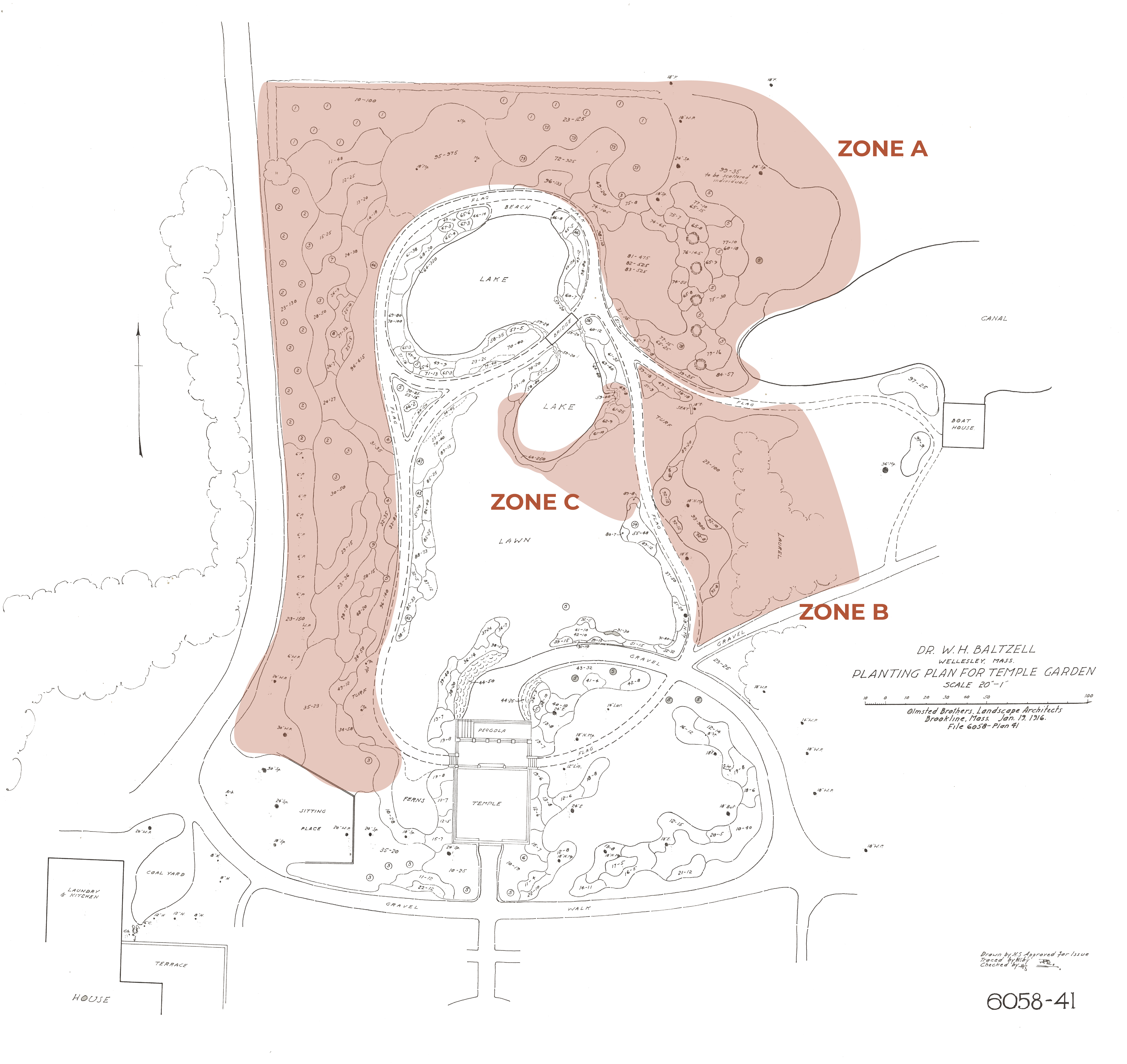

View of the Pond
April 10, 2024
.jpg?width=2000&height=1125&name=October%202023%20(2).jpg)
View of the Katsura Grove
October 25, 2023

Katsura Grove
October 2, 2023

View of the Pond from Behind
August 2023
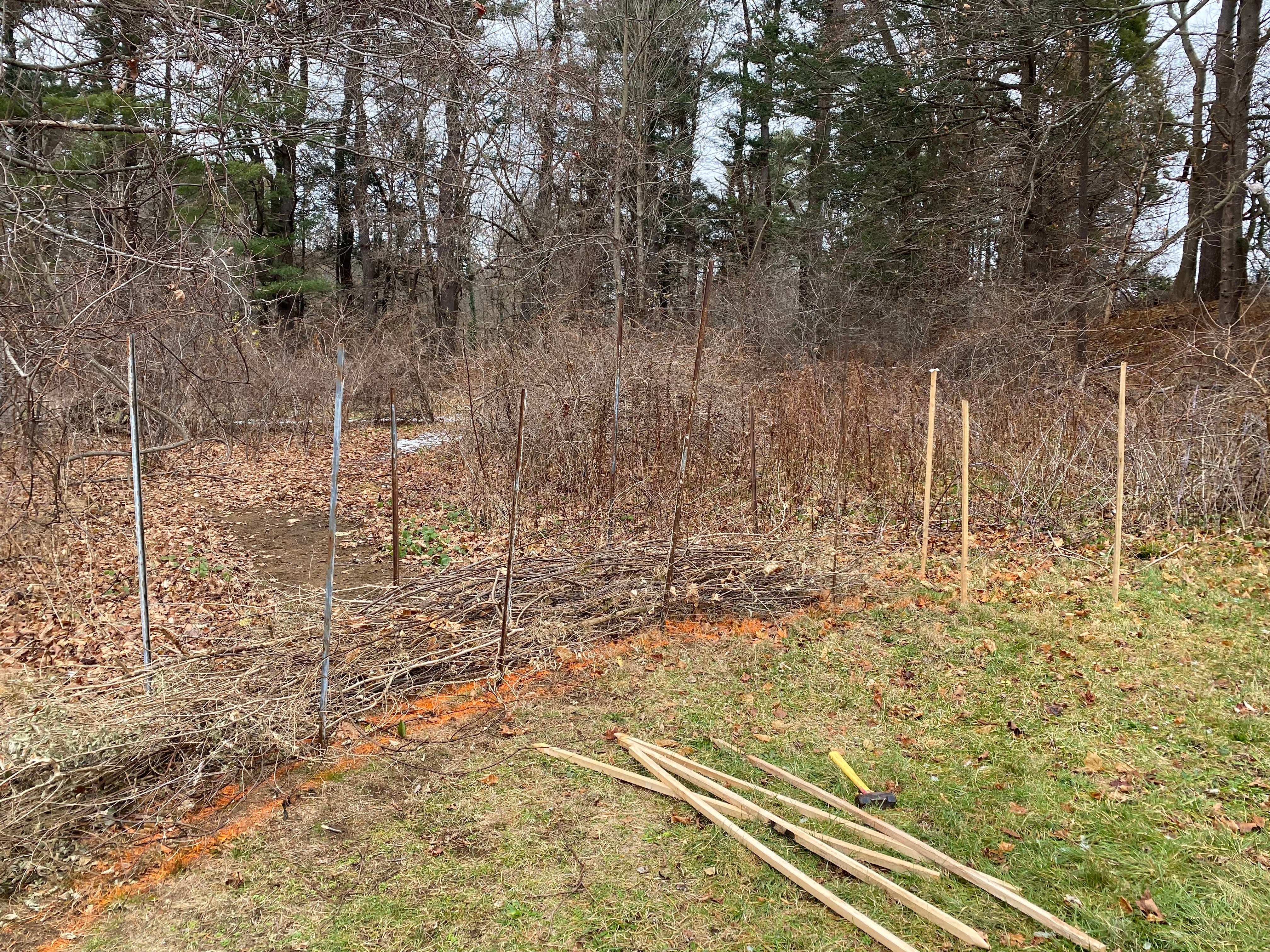
Dead Hedge
December 15, 2022
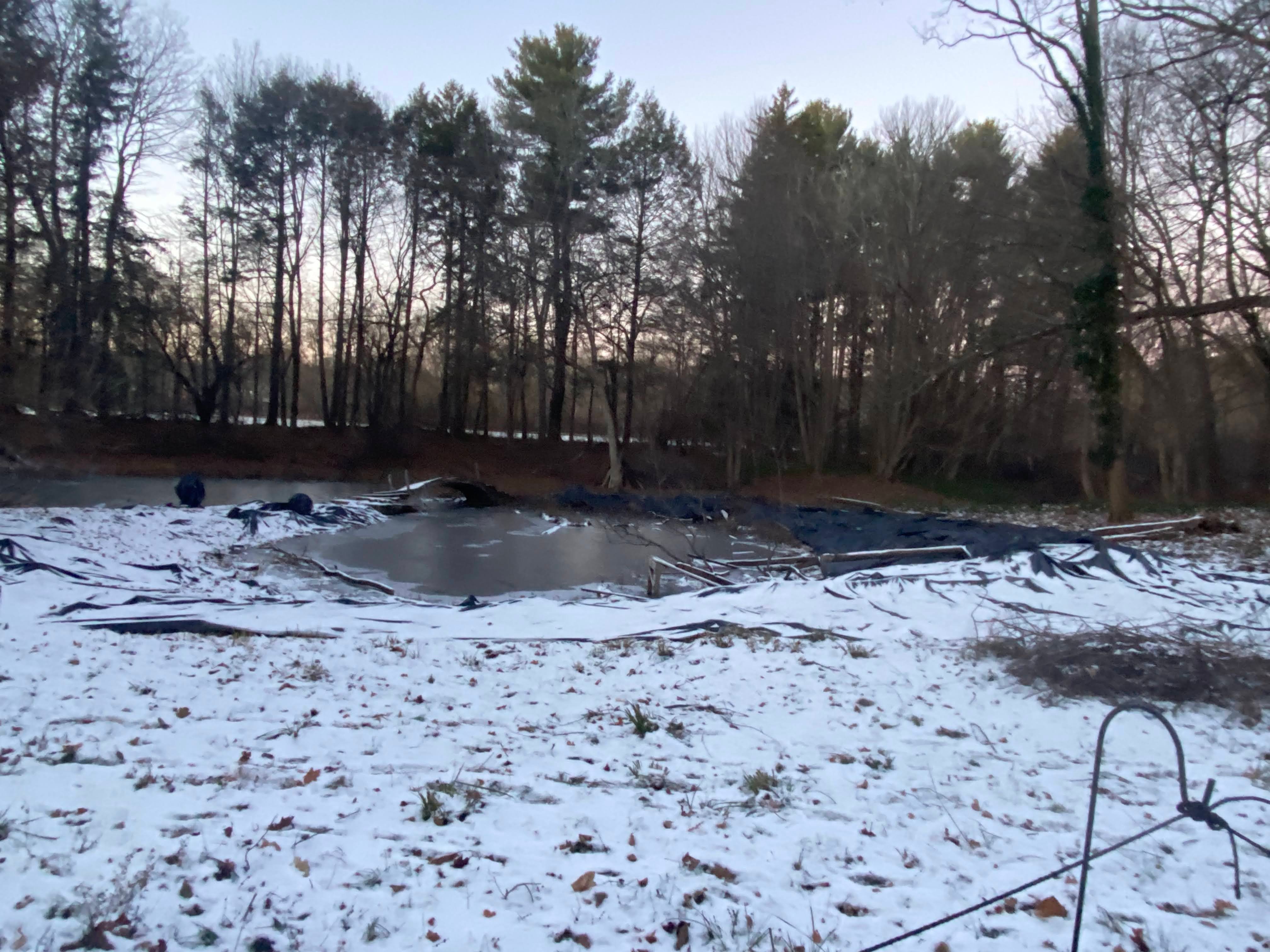
View of the Pond
December 13, 2022
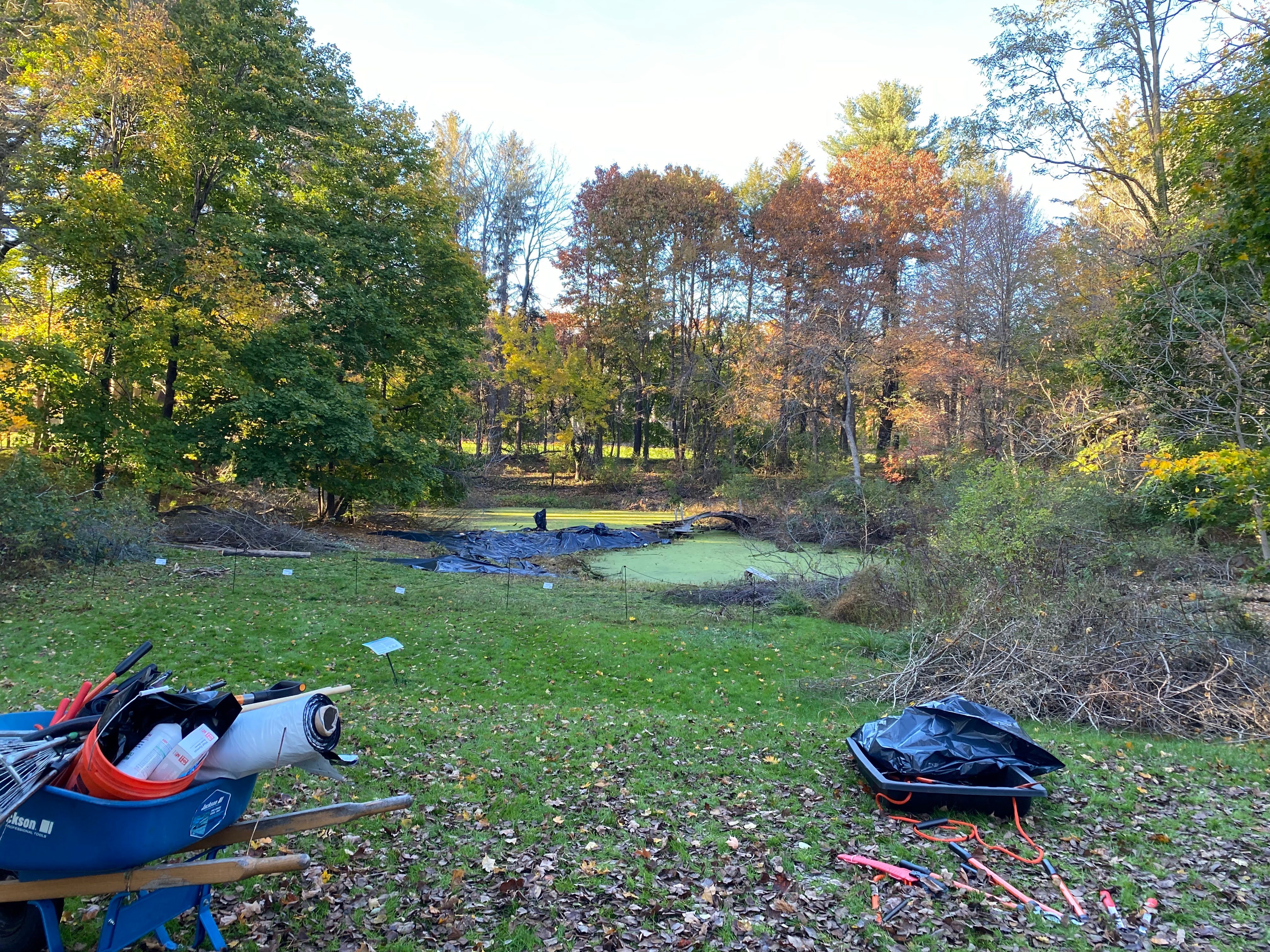
View of the Pond
October 30, 2022
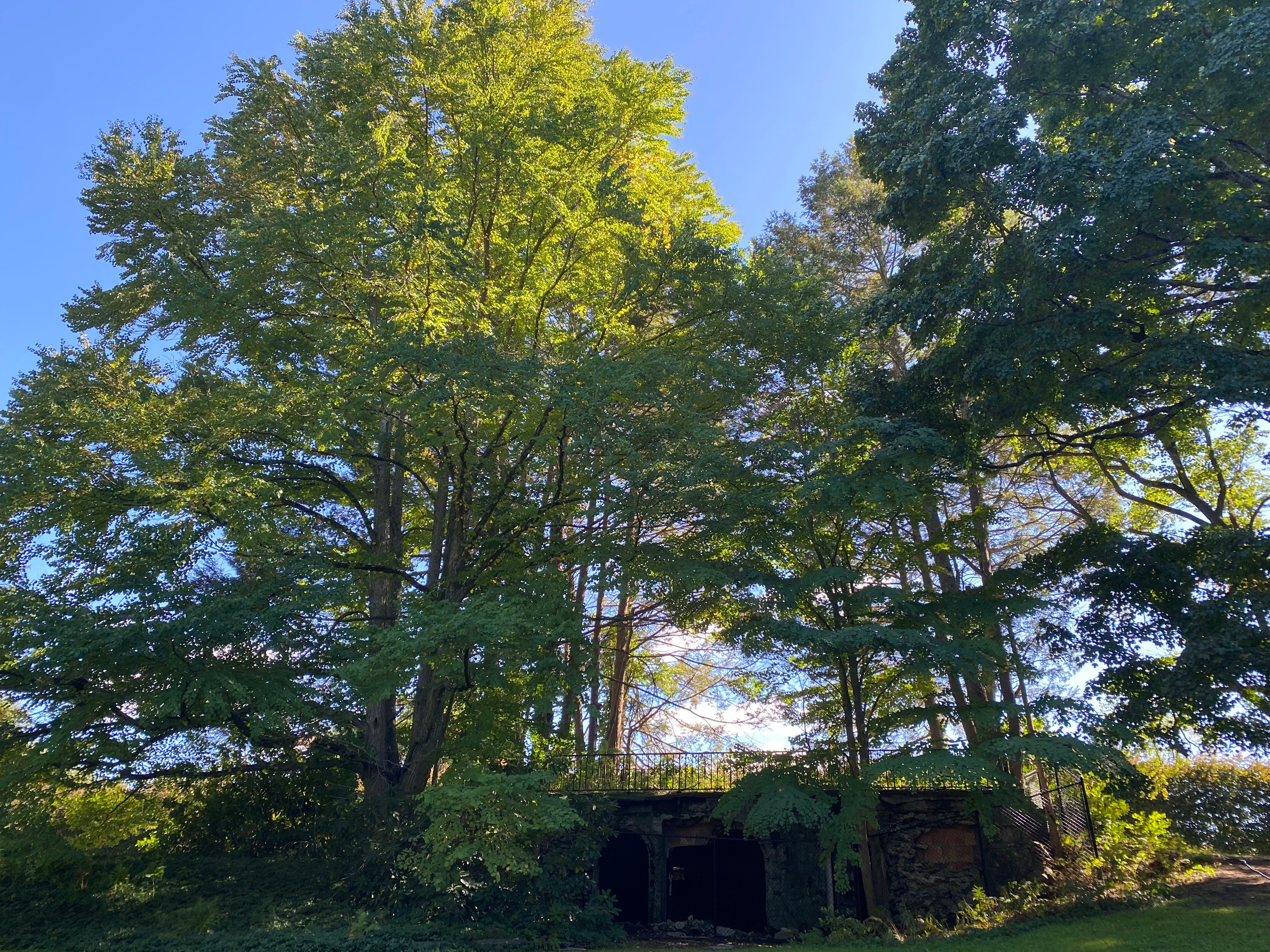
Katsura (Cercidiphyllum)
September 23, 2022
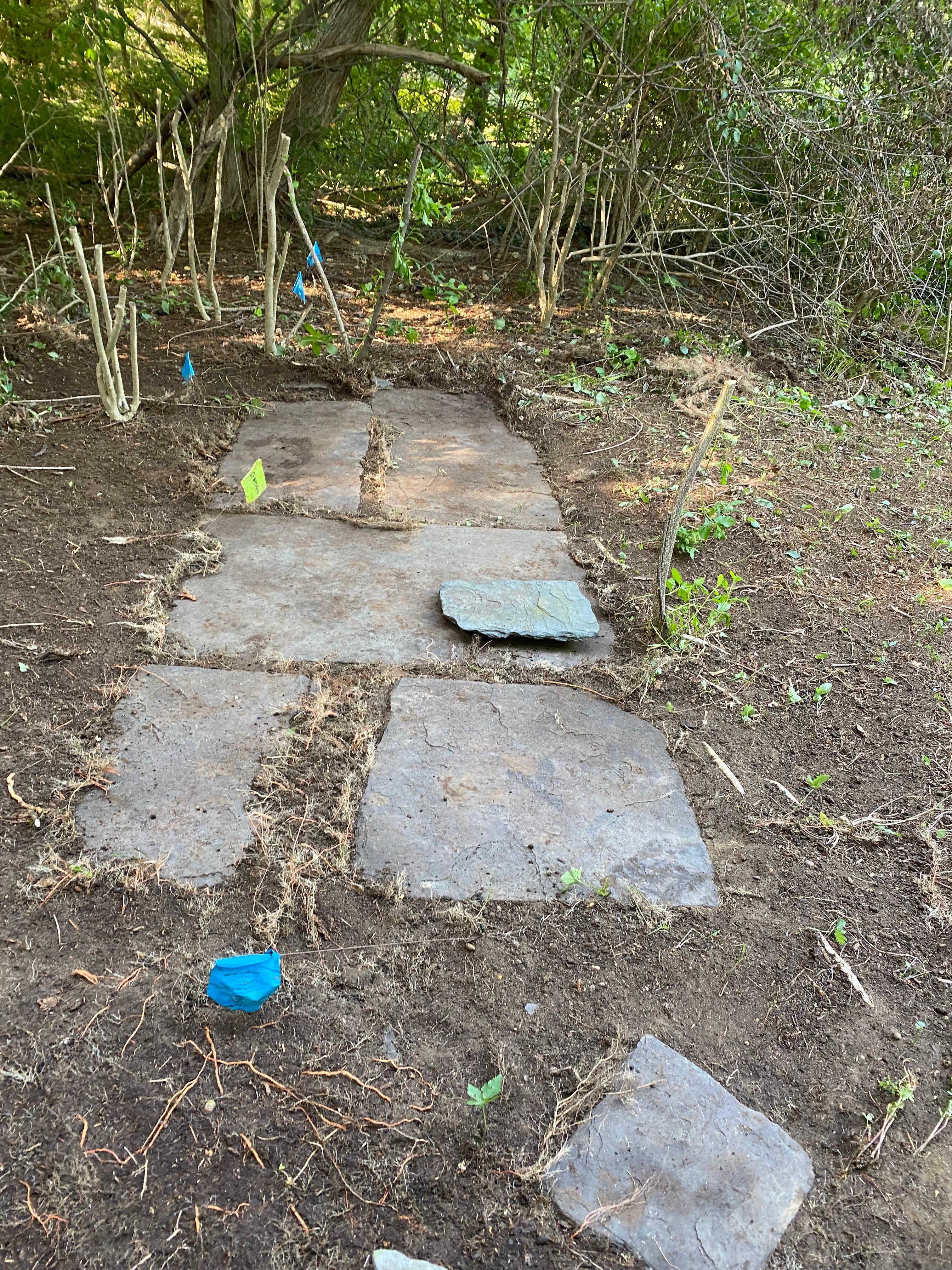
Uncovered Flagstones
September 17, 2022
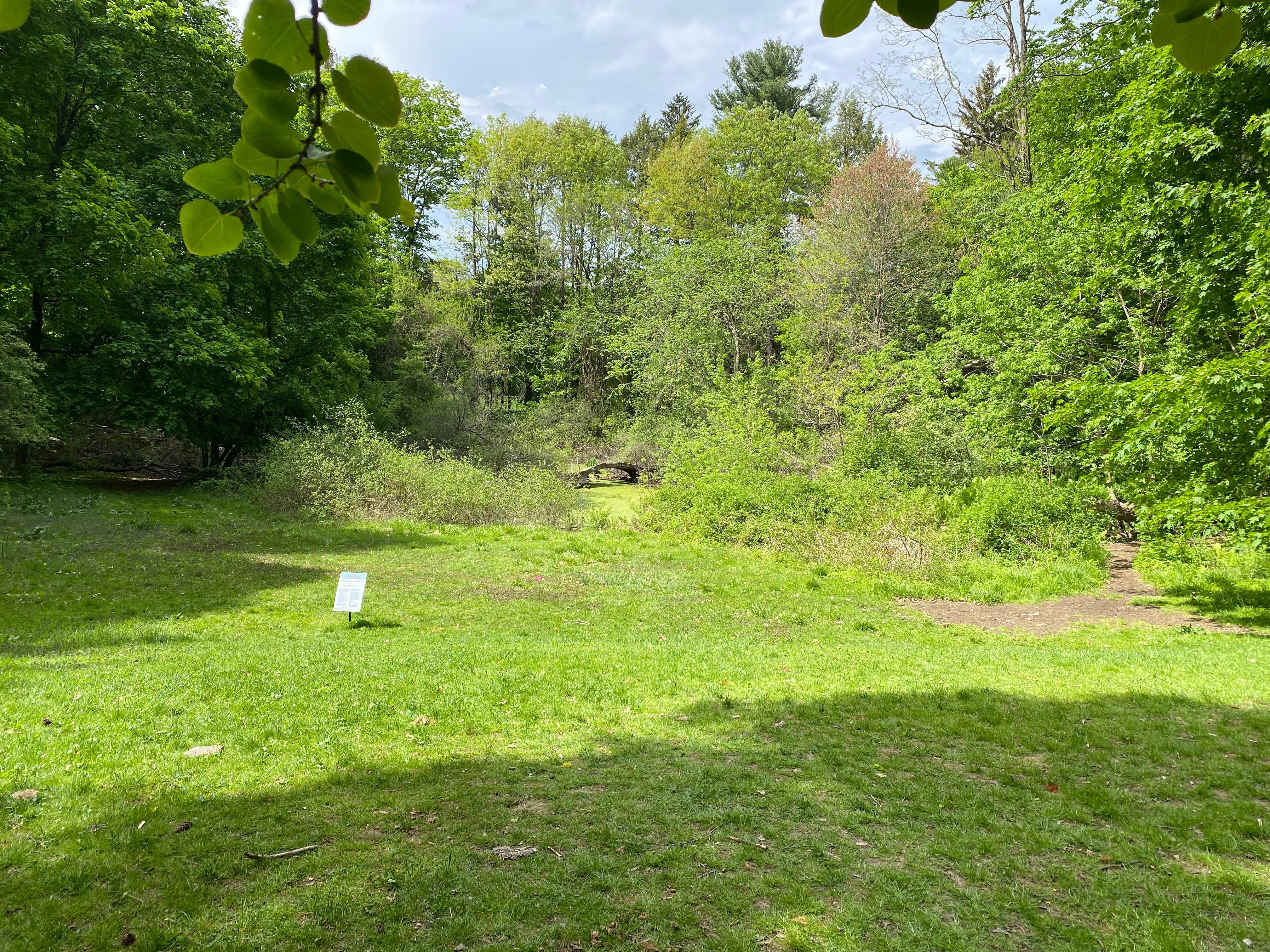
View of the Pond
May 16, 2022

View of the Pond
January 2022
Read about the Olmsted Asian Garden Restoration & Repurposing in these
articles by Beals + Thomas and MHS Executive Director James Hearsum.
Originally published in MHS members-only newsletter, Leaflet, April 2022.
©2025 Massachusetts Horticultural Society. All rights reserved.